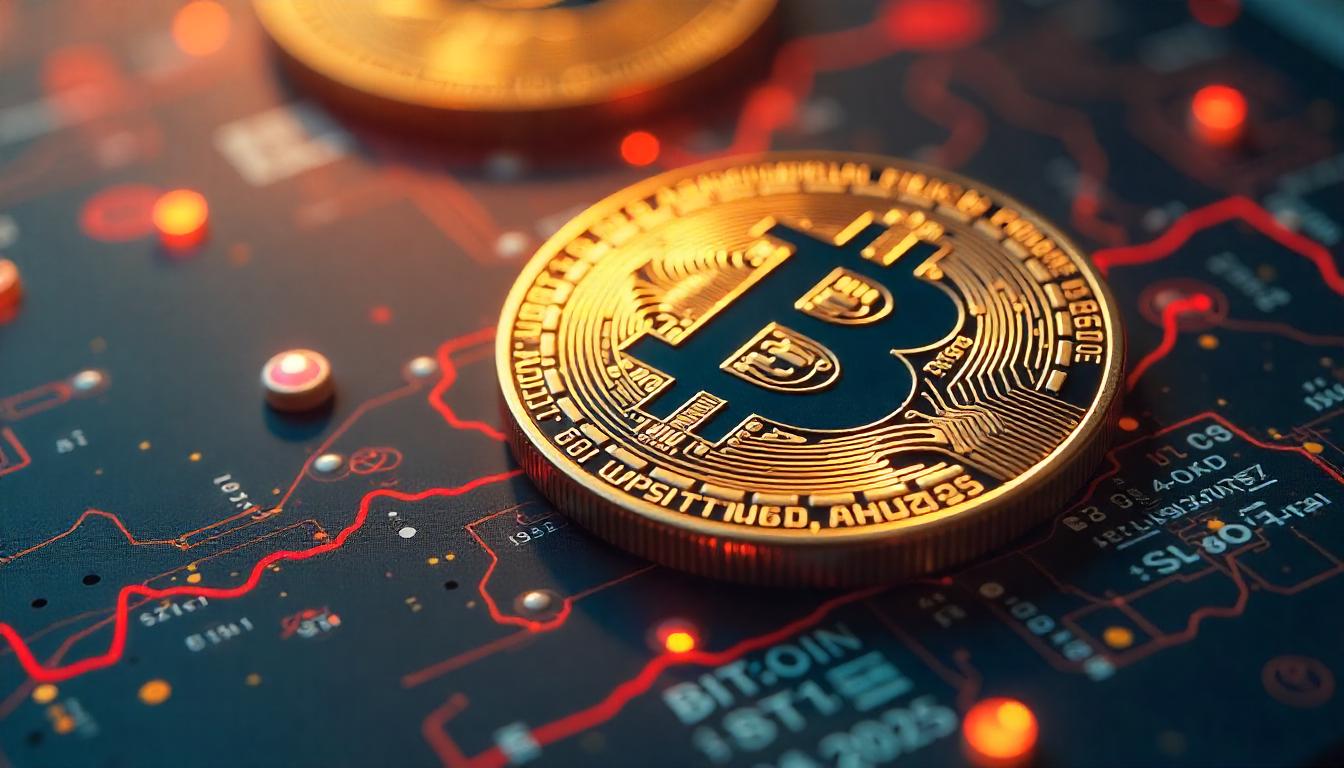Bitcoin Crosses $100K as 2025 Crypto Rally Builds Momentum
Bitcoin (BTC) soared past the $100,000 mark on Monday, continuing its strong start to 2025 as renewed investor optimism drove prices higher.
The leading cryptocurrency broke through the key psychological level during U.S. trading hours, rising sharply to around $102,000. This represents a 4.3% gain over the past 24 hours and marks its highest level since mid-December.
Altcoins joined the rally, with the CoinDesk 20 index climbing 3.5%. Ethereum (ETH) advanced 2.8% to trade around $3,700, while Solana (SOL) posted a 4.5% gain, crossing the $220 mark.
The market’s late-2024 correction, driven by profit-taking and reduced activity over the holiday season, saw Bitcoin dip to a local low near $91,000 on December 30. However, renewed institutional interest and robust spot buying have fueled the cryptocurrency’s recovery in early January.
Institutional Investors Drive Renewed Optimism
Institutional players remain a driving force behind Bitcoin’s recent uptrend. MicroStrategy added another 1,020 BTC to its holdings, while energy management company KULR Technology Group increased its Bitcoin reserves by $21 million.
Spot Bitcoin ETFs also experienced a resurgence, recording $908 million in inflows on Friday. Open interest in Bitcoin futures remains below mid-December levels, suggesting the rally has been fueled by spot market activity rather than leverage.
Market Braces for Macro Uncertainty
Despite the bullish sentiment, analysts urge caution amid potential macroeconomic headwinds. Paul Howard, senior director at Wincent, noted that while institutional demand is encouraging, volatility remains likely in the short term.
Markus Thielen, founder of 10x Research, highlighted the Federal Reserve as a key variable. “We expect inflation to decline in 2025, but the Fed may delay a formal policy shift,” Thielen said. “Traders should remain alert to macro risks as we progress through the month.”
Bitcoin’s climb above $100,000 sets a promising stage for the year ahead, but market participants are keeping a close eye on external factors, including central bank decisions and geopolitical developments, for further cues.





